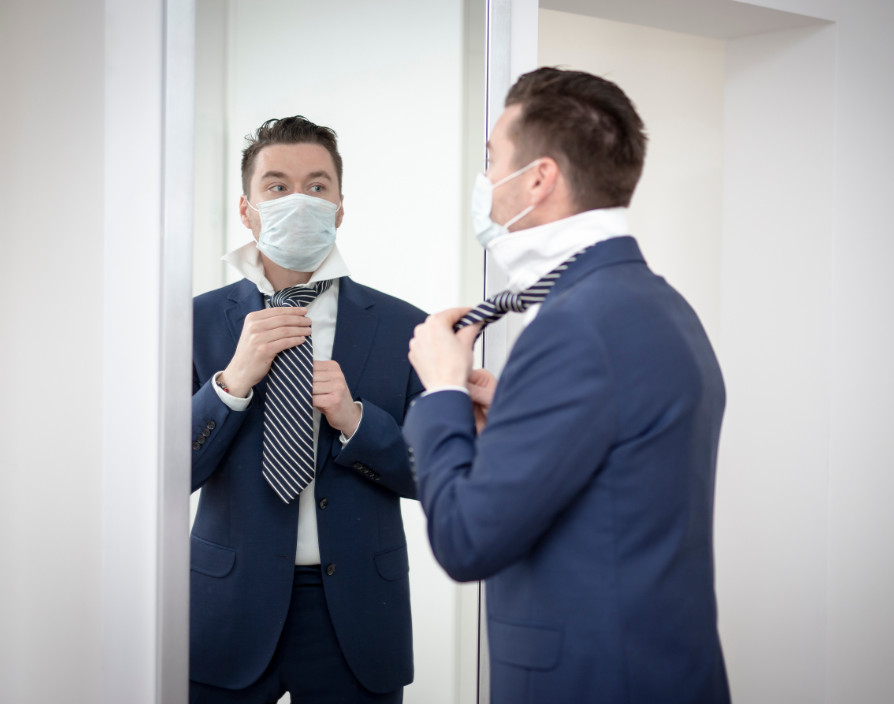Almost a year ago, the Government imposed the first Covid-19 lockdown. As millions of employees across the country were dispatched to their homes, organisations were forced to adapt quickly to enable them to work remotely. While the enforced separation reaped benefits for some businesses, in other cases it caused a reduction in employee productivity and took a toll on employees’ mental health. Now, with the announcement of the government’s ‘roadmap out of lockdown’ and the rapid vaccination roll out, businesses are assessing how best to facilitate a swift but safe return to the office.
Although many organisations will prefer to wait until nearly everyone has been vaccinated and the R number of COVID-19 cases is nominal, others will be looking to bring employees to the office sooner but are unsure of the practical steps to enable such a return. The government has given detailed guidance for the return of nightclubs, sporting events and weddings but has offered little information on how office-based organisations can proceed, other than the recommendation to continue remote working until at least mid-June.
Every business, of whatever size, understands that they have a legal duty of care to protect their staff from serious harm. No CEO or MD would want to ask everyone to return to the office, only to see a Covid-19 outbreak that led to massive workforce disruptions, hospitalisations or worse. Our latest research of business leaders shows there is considerable confusion over the different Covid-19 test and how best to use them as part of a return to the office plan.
What should businesses do?
A number of companies have already announced that they will wait Covid-19 out and delay an office return until the autumn. However, most organisations are eager to return some -if not all- employees to the office and without clear governmental guidelines on how to do so, they are trying to look for answers elsewhere. Learning from experience is key to understanding the different options available. When looking at organisations that have begun to return critical workers to the office successfully, two starting points are evident. First: Determining how to treat vaccinated and unvaccinated staff. Second: Deciding what kind of Covid-19 testing environment should be installed to create the safest possible working environment for all.
Testing as a potential solution
Clarity around the different types of tests available is crucial. The lateral flow tests -that are available from the government for businesses- are a cost-effective option that produce results quickly, but they miss a significant proportion of positive Covid-19 cases. These tests therefore may not provide sufficient reassurance to persuade employees to come back to the office. While lateral flow tests provide a red light for the highly infectious, they do not show a green light that enables businesses to end the need to use masks, social distancing and viral hygiene – not an entirely normal way of working. The alternative is the gold standard PCR test, which, while costlier, has significant advantages in regard to accuracy. It is already being used by many organisations to return to normal working.
Cignpost Diagnostics has worked with companies of every size and type to create a safe working environment, from film production companies to financial institutions, elite sporting events to defence companies. Many of these are creating, in effect, an employee passport that contains a history of testing and vaccination. This passport has allowed those testing negative to regain a sense of normalcy from working back in the office and employers to feel confident in their duty of care provision.
It is not enough to just test staff. When a Covid-19 outbreak occurs, companies need to understand what support they need to give employees and their affected family members. Cignpost uses a network of doctors that can provide one-to-one advice for everyone affected, as well as further rapid PCR testing for those isolating at home.
Despite businesses creating Covid-safe bubbles within the office, companies do not exist in a vacuum and have to understand how to cope with visitors, contractors and new waves of returning staff. To address this, many of our clients have developed stringent regimes for those tested, determining when they can return to work normally and a separate regime for everyone else, that indicates where social distancing, mask wearing and limited access to certain parts of the office continue to apply.
For more than a year, Covid-19 has caused huge economic and social damage to a wide range of businesses. However, with the successful roll out of the vaccine, the potential for normalcy is on the horizon. To achieve that goal, businesses will need to develop their own step-by-step Covid return to work plan to welcome back employees safely and securely.
“
Share via:


















































